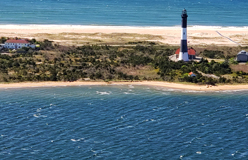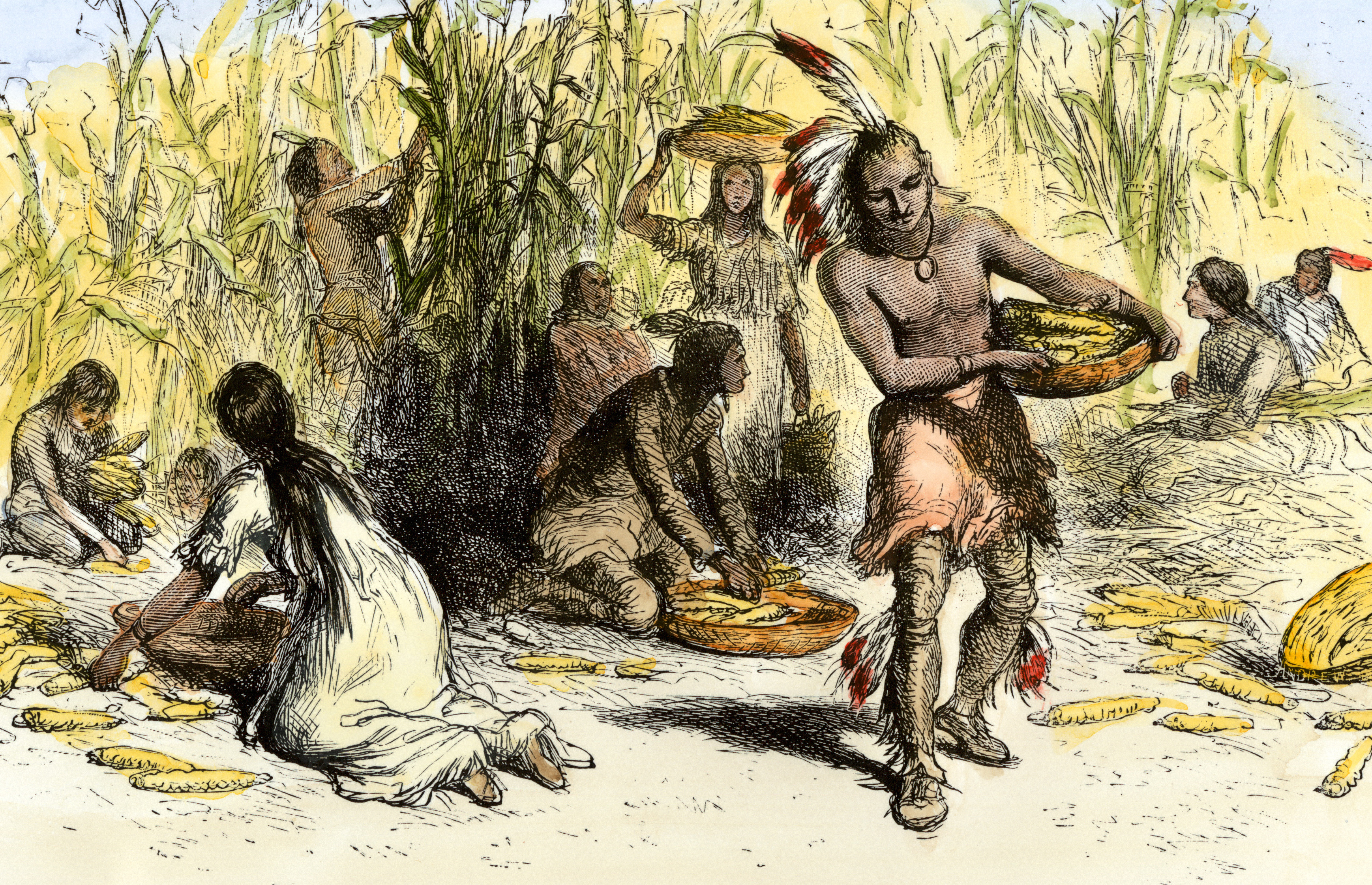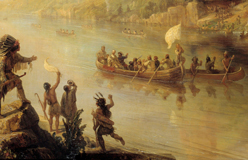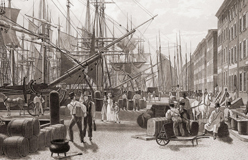Go back in time to the last ice age. That would be more than 25,000 years ago.
A huge ice sheet covered almost all of New York state. In some places, it was nearly two miles thick. Then the climate warmed. The ice melted. Under the ice was sedimentary rock. There were mountains and highlands. There were also lowlands.







